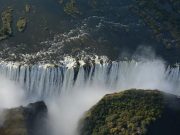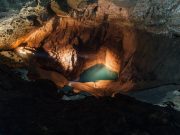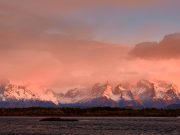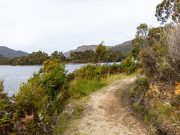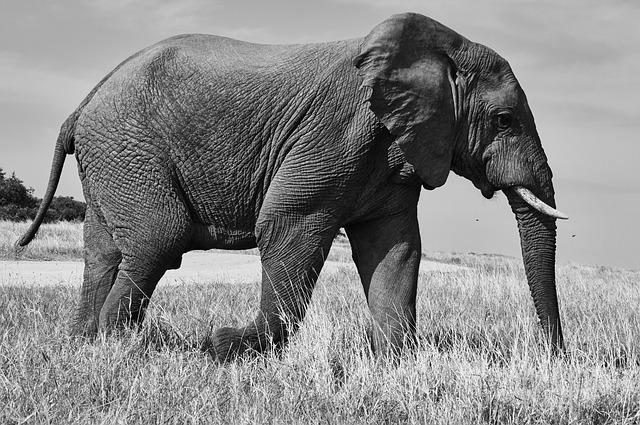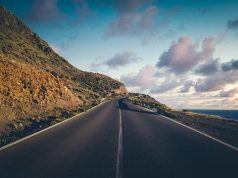Embarking on an African safari is like stepping into a living tapestry where the vibrant colors of the savannah meet the rhythmic dance of wildlife. For many, capturing these breathtaking moments through the lens of a camera is not just a pastime, but a passionate pursuit. Yet, for beginners, the art of safari photography can seem as daunting as it is exhilarating. In this guide, we journey into the heart of Africa’s untamed beauty, offering insights and tips to help you transform fleeting moments into timeless memories. Whether you’re drawn to the majestic stride of a lion or the delicate flutter of a butterfly, this guide will equip you with the essential tools to capture the soul of the wild, one frame at a time. Join us as we explore the essentials of safari photography, where every click of the shutter opens a new chapter in your photographic adventure.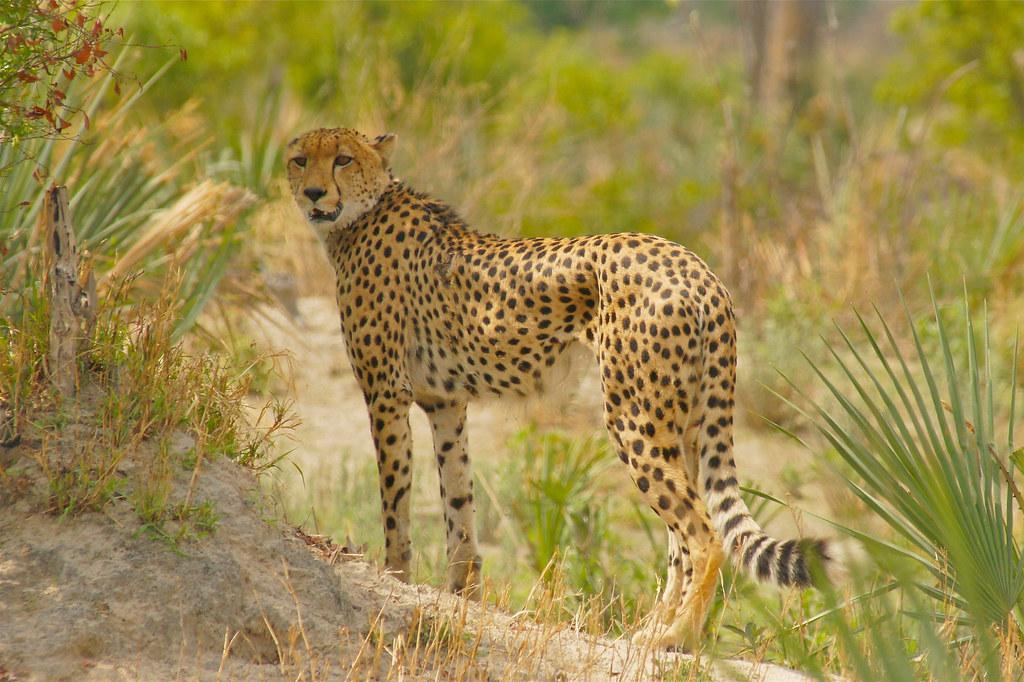
Choosing the Right Gear for Your Safari Adventure
Embarking on a safari is an exhilarating experience, and having the right gear can make all the difference in capturing those breathtaking moments. When selecting your equipment, prioritize a camera with a telephoto lens to ensure you can capture distant wildlife without disturbing their natural behavior. A lens with a focal length of at least 200mm is ideal for most safari situations, offering a good balance between zoom capability and ease of handling. Additionally, a tripod or monopod can be invaluable for steadying your shots, especially during those long waits for the perfect capture.
- Camera Body: Choose a camera with a fast shutter speed and good low-light performance.
- Lenses: Apart from a telephoto lens, consider bringing a wide-angle lens for stunning landscape shots.
- Accessories: Pack extra batteries and memory cards to ensure you don’t miss any moments.
- Protection: Use lens filters to protect against dust and glare, and a sturdy camera bag for safety during travel.
Don’t forget about the essentials for your comfort and safety. Lightweight, breathable clothing in neutral colors helps you blend into the environment, while a wide-brimmed hat and sunscreen offer protection from the sun. Remember, the right gear not only enhances your photography but also ensures a seamless and enjoyable safari experience.
Mastering Lighting and Composition in the Wild
When capturing the untamed beauty of the African wilderness, the dance between light and shadow can transform an ordinary scene into an extraordinary photograph. The first step to achieving this is to harness the golden hours—those magical moments just after sunrise and before sunset. During these times, the soft, diffused light casts long shadows and highlights textures, bringing out the vivid colors of the landscape and wildlife. Experiment with backlighting to create stunning silhouettes of majestic elephants or grazing antelopes against the vibrant African sky. This technique not only adds drama to your images but also highlights the unique features of your subjects.
Composition plays an equally crucial role in storytelling through your lens. Utilize the rule of thirds to position your subjects off-center, creating a more balanced and engaging image. Consider the foreground, middle ground, and background to add depth to your shots, drawing viewers into the scene. Pay attention to natural lines in the environment, such as the curve of a river or the path of a trail, which can lead the eye and add a sense of direction to your photographs. Embrace the chaos and unpredictability of the wild; sometimes the most compelling images arise from moments that are unscripted and raw.
- Use natural frames like tree branches or rock formations to add context.
- Patience is key—wait for the perfect moment when your subject interacts with the environment.
- Experiment with different angles to find the most impactful perspective.
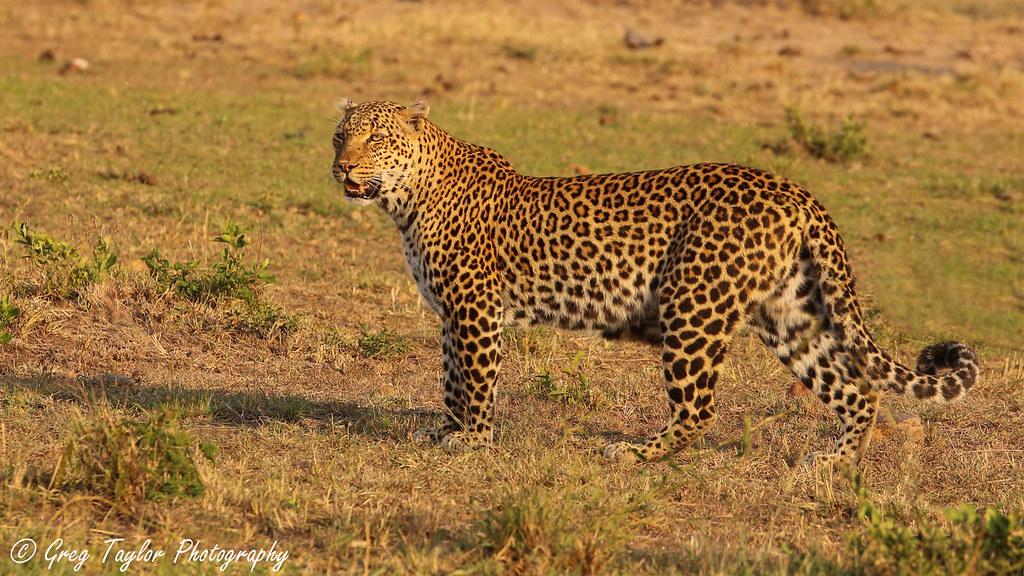 Big Five: Techniques for Stunning Wildlife Shots”>
Big Five: Techniques for Stunning Wildlife Shots”>
Capturing the Big Five: Techniques for Stunning Wildlife Shots
Embarking on an African safari is a thrilling opportunity to witness the majestic Big Five—lion, leopard, rhinoceros, elephant, and Cape buffalo—in their natural habitat. Capturing these magnificent creatures in photographs requires a mix of patience, skill, and a touch of artistry. Here are some essential techniques to elevate your wildlife photography game:
- Understand Animal Behavior: Spend time observing the animals and learning their habits. This will help you anticipate movements and capture dynamic shots.
- Choose the Right Gear: A telephoto lens is essential for maintaining a safe distance while getting those close-up shots. Consider lenses with a focal length of at least 300mm.
- Master the Art of Composition: Use the rule of thirds to create balanced and visually appealing images. Experiment with different angles and perspectives to add depth to your photos.
- Lighting is Key: Early morning and late afternoon provide the best natural light. The soft, golden hues of the “golden hour” can add a magical touch to your images.
- Stay Patient and Be Ready: Wildlife photography is unpredictable. Always be prepared to capture spontaneous moments by keeping your camera settings ready and your eyes on the scene.
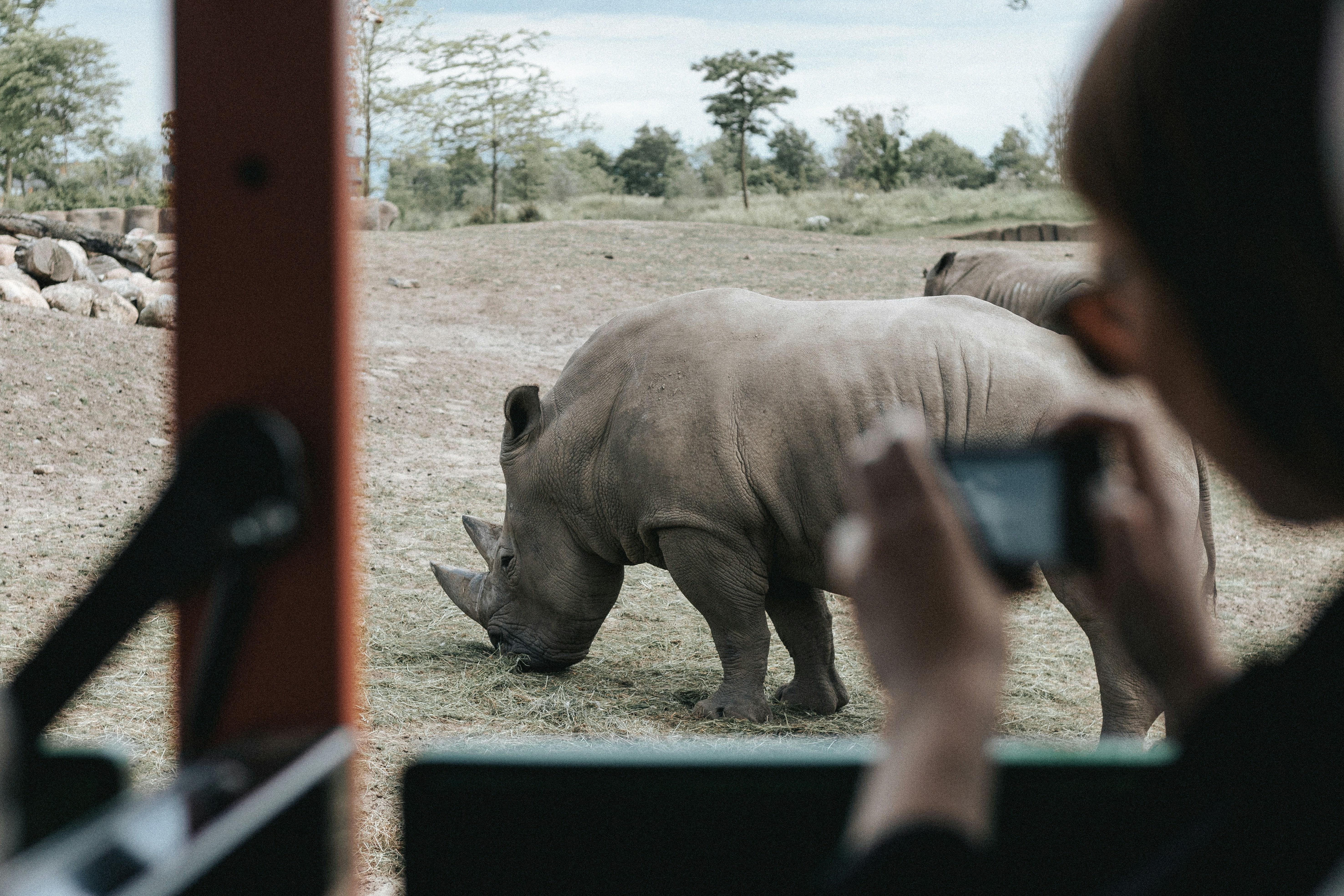
Ethical Photography Practices: Respecting Nature and Wildlife
Embarking on an African safari offers a unique opportunity to capture the raw beauty of nature and its inhabitants. However, it’s crucial to maintain a respectful distance from wildlife, ensuring that our presence does not disrupt their natural behaviors. Patience is a virtue; sometimes, the best shots come from waiting quietly and allowing the animals to move freely. Avoid flash photography as it can startle and distress the animals, potentially altering their natural activities. Instead, make use of natural light to enhance your images, celebrating the vivid colors of the African landscape.
When photographing in nature, it’s important to be mindful of the environment. Here are some tips to ensure your photography is both ethical and impactful:
- Stay on designated paths: This helps to protect the fragile ecosystem and prevents any accidental harm to flora and fauna.
- Leave no trace: Ensure that all your waste is collected and disposed of properly, keeping the environment pristine for future visitors.
- Respect local guidelines: Each reserve may have specific rules to protect its wildlife. Adhering to these guidelines is essential.
Key Takeaways
As the sun dips below the horizon, painting the savannah in hues of amber and gold, your journey through the art of African safari photography reaches a tranquil close. The wild whispers of the continent have guided your lens, capturing moments where nature’s raw beauty and untamed spirit come alive. Whether it’s the graceful stride of a giraffe or the intense gaze of a lion, these captured memories serve as your personal gallery of the wild.
Armed with newfound knowledge and inspiration, you’re now ready to embark on your own photographic adventures. Remember, the heart of safari photography lies not just in the images you capture, but in the stories they tell and the emotions they evoke. As you continue to explore the vibrant tapestry of Africa, let your curiosity lead and your lens narrate. May each click of the shutter bring you closer to the soul of the wilderness, where every photograph is a testament to the wonder and majesty of the natural world. Safe travels and happy shooting!





